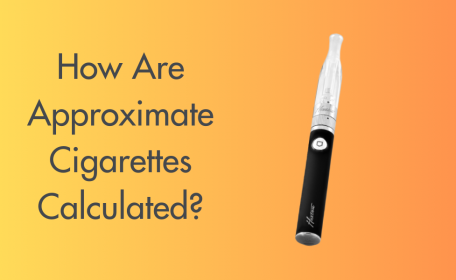← Back


10 Unbelievable Vaping Facts That We Learned in 2015

A look back at the biggest e-cigarette stories of 2015 and how they were covered in the media
The main trend that dominated the e-cigarette news this year was, unsurprisingly, health. While there was a lot of good news, perhaps most importantly the “e-cigarettes 95% safer than regular cigarettes” statistic from Public Health England, there were also a lot of scare-stories bandied about, and not all of them were limited to the tabloids. The negative press means that a worrying 20% of people now incorrectly believe that e-cigarettes are just as harmful as regular cigarettes, an increase of 14 percentage points since 2013. However, while you can fool some people some time, you can’t fool all the people all the time. The number of people that believe e-cigarettes are safer than regular cigarettes reached a majority (52%) for the first time in 2015.
-
“E-cigarettes are 95% safer than tobacco”
-
Fewer young people smoke conventional cigarettes than ever before — they vape instead
-
E-cigarettes really do help people quit smoking
-
E-cigarettes will be made available on the NHS
-
Vapers and anti-cancer charities can fight back against e-cigarette regulations
-
Big tobacco companies are lobbying against e-cigarettes (while simultaneously selling them)
-
People can’t stop reading about exploding e-cigarettes…
-
Vuse flavours are absolutely everywhere
-
The ‘popcorn’ lung e-cigarette link has been exaggerated by the media
-
E-cigarette users are almost entirely ex-smokers or current smokers
























